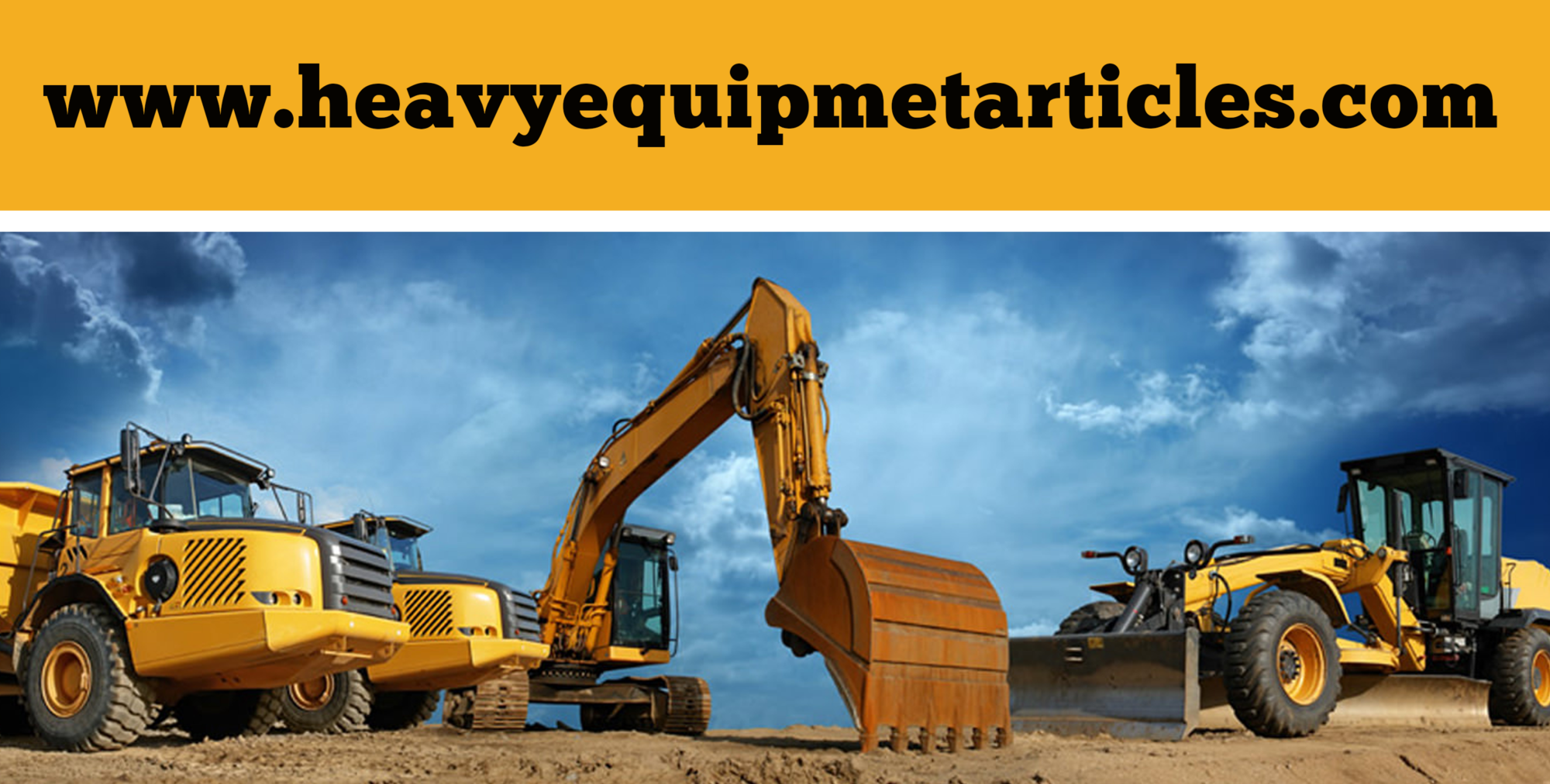Podcast: Play in new window | Download | Embed
Subscribe: Apple Podcasts | RSS
Concrete Crusher Excavator is an amalgamation of excavator and concrete crushing equipment. It is the perfect tool which finds its application for harsh purposes such as recovering and destroying roads, buildings, pillars and foundations. A concrete crusher excavator is also used in gravel crushing since it cleans up gravel in a very environment friendly manner. It is simple and cost effective heavy equipment.
There are a variety of advantages in recycling concrete instead of removing it in a landfill.
- Storing concrete debris out of landfills helps in saving the landfill space
- By utilising recycled material as gravel decreases the requirement for gravel mining.
- Using recycled concrete for road reduces the menace of contamination engaged in truck material.
The different types of Concrete Crusher Excavators are:
The Crusher Bucket-It provides the most innovative and effective solution to a construction site by fulfilling all the crushing requirements. The crusher bucket can be attached to several excavators. Due to the efficiency of crusher buckets in crushing any immovable material contractors are depending heavily on it. Instead of opting for mechanical equipment they have started investing on the crusher buckets. This enables them to reduce their transportation dumpsite and management costs.
The Hydraulic Cutters– The hydraulic cutter is an effective device which serves the purpose for cutting through metal. The cutting is done by the Jaws of Life, The jaws are made up of blades. Sometimes particularly to its capacity to cut a hard spherical steel bar, these are mainly and generally used to slice through a vehicle’s structure during an extraction procedure. Cutter blades are disposable and the blade is developed in such a way that it is able to deal with the innovative car safety technology.
It offers elevated crushing of any material in just one bite with high breaking force. This means it saves fuel and consumes less time. It mainly finds application in cutting of brick, stone, sandstone, granite and other masonry purposes.
The main characteristics and benefits of hydraulic cutter are cutting jaws made up of steel, hydraulic rotation which can rotate up to 360 degree, push able cylinders and replaceable blades and teeth.
Screening Bucket-Screening Bucket is a concrete crusher that is compatible with any excavator. It is a perfect tool for crushing innate materials. The screening bucket is easy to maintain due to its simple structural design and guarantees good ability even with that materials that are wet. Most of the material load is borne by the screen combs situated at the top reducing the burden on drums and bearings.
Hydraulic Pulveriser-It is a type of Concrete Crusher Excavator that is beneficial in secondary demolition purposes. It has the following technical advantages:
- Offers good resistance to wear and tear
- Have longer life span
- Broad jaws which makes the working surface large
- The Hydraulic Cylinder is fully shielded
- Endowed with removable and exchangeable tooth.
- Lower jaws which are flat scooping for easily collecting building blocks from land.
- Easy to maintain.





